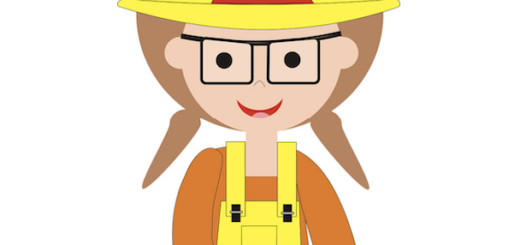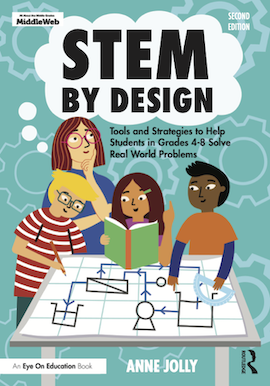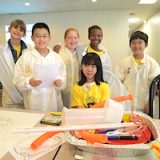7 Solid Reasons to Involve Students in STEM
Let’s take a look at the specific importance STEM holds for your middle grades students as they participate in STEM lessons over time.
- STEM Lessons Help Students Go Deeper in Their Understanding of Important Science and Mathematics Concepts
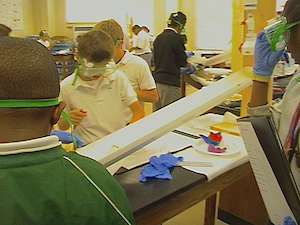
- Students Become Innovative Critical Thinkers and Are Able to Make Good Decisions
Student teams are free to make informed decisions about STEM problem solving. There is no single “right” solution – just different degrees of effectiveness. Armed with the idea that problems really do have more than one correct answer, STEM students can generate ideas freely without fear of being wrong. Mistakes are a valuable part of the learning process.
- Students Understand How to Approach and Solve Problems
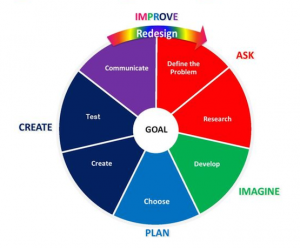
- Students Develop a Sense of Ethics and a Social Conscience
STEM classes can address real social, economic, health, safety, and environmental situations in your students’ communities, both local and global. Students identify situations that need fixing, then research them and brainstorm ideas for correcting those problems. As they work through the process, students become more aware of the need to recognize and solve problems affecting peoples’ health, the environment, economic issues, and other aspects of the community in which they live. Working in teams and thinking about cost-control issues also help students learn to make responsible trade-offs when needed.
- Students Develop Good Collaboration Skills
Probably no personal qualities are more in demand in the workforce than the ability to collaborate and to communicate effectively with others to reach a goal or develop a product. STEM students should be working together to brainstorm, research, design, create, and develop prototypes to solve problems. STEM work requires responsible and productive teamwork and gives students ongoing opportunities and guidance to develop collaborative skills. (Check out these tips for building effective student teams.)
- Students Become More Technologically Literate
In STEM, students broaden their understanding of technology—tools used to make life easier and better. They learn to view technology as more than computers. Technology in STEM education helps students be aware of the technological world they live in; how technology, science, and math support each other; how to learn to use new technologies as they become available; and how the technological decisions we make impact our lives and the lives of others.
- Students Understand How Their STEM Coursework Opens the Door to Future Careers
STEM is about jobs as well as education. Some leaders also point out that the lack of educated STEM workers is a national security problem. While many students launch their careers as college graduates, other students enter the STEM field through jobs that don’t require a bachelor’s degree, or advanced degrees. So STEM skills are for everyone. STEM students know that through STEM coursework they may become the leaders who improve our economic growth and our future.




